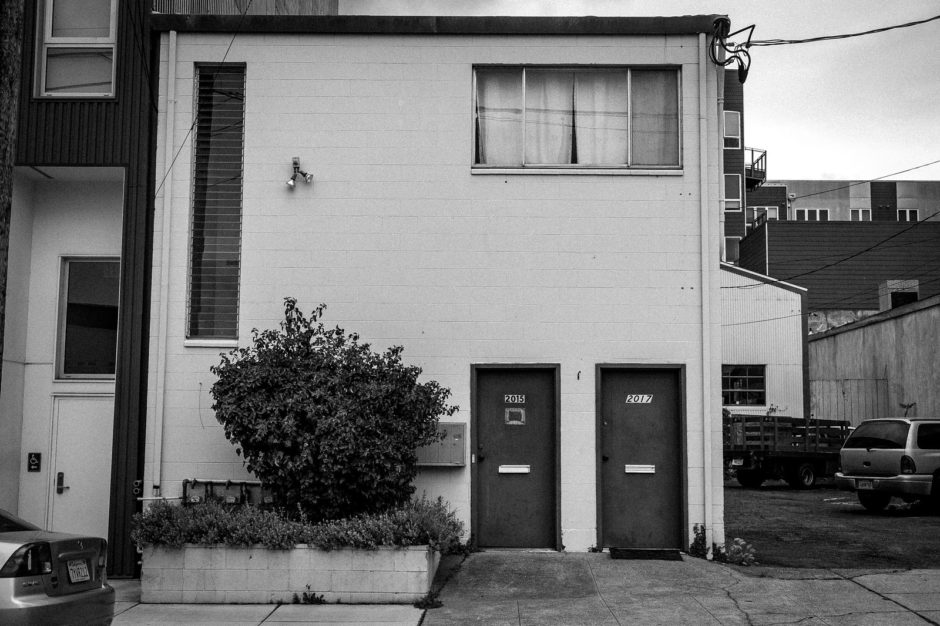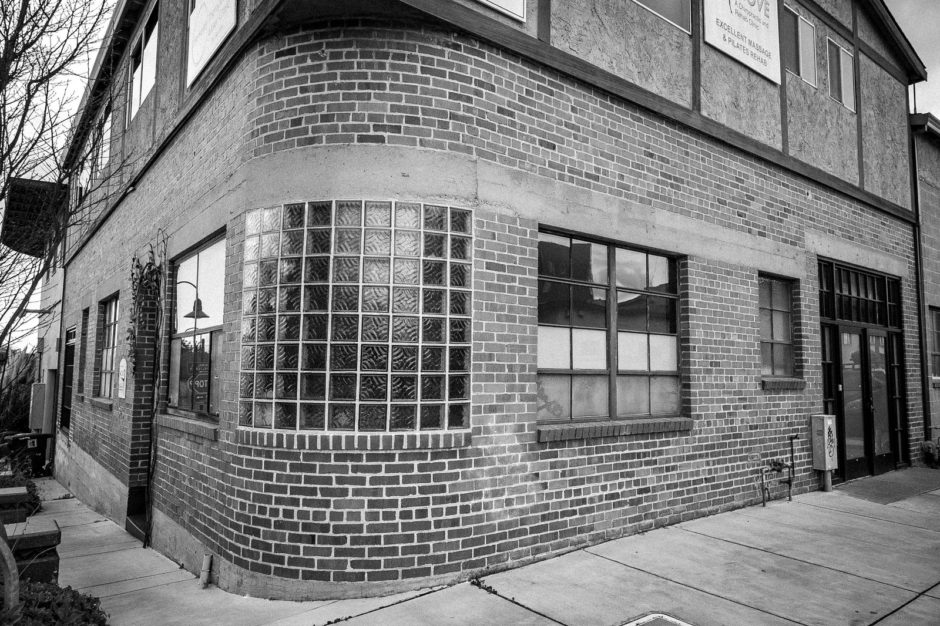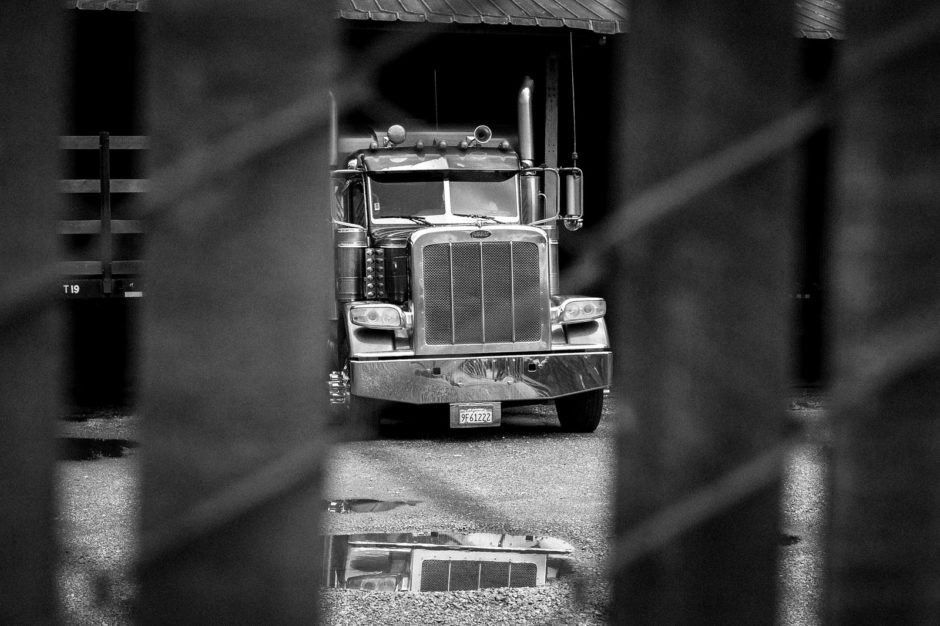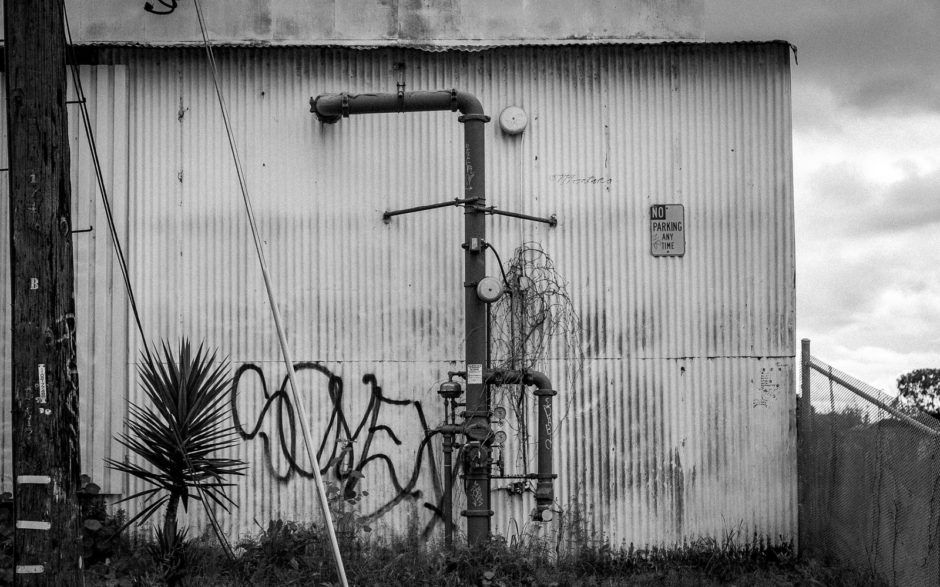
These are times that try our souls.
I am keeping up my Quirky Berkeley project in the belief that anything distracting or positive is more important and helpful now than ever.
I was convinced of this when I got an email from Lenny Pitt. He sent a link to a 7-minute film he made using photos of of Paris that he’s taken over the last 50+ years, music by Bill Evans. He wrote: “Many of you receiving this I hardly ever see. So, consider this little film a handshake across time and space. Or should I say a touching of elbows?”
I find it a salve that is beyond brilliant, a figurative balm of Gilead. Balm of Gilead was a rare perfume used medicinally that was mentioned in the Bible. The expression stems from William Tyndale’s language in the King James Bible of 1611, and has come to signify a universal cure in figurative speech. The tree or shrub producing the balm is commonly identified as Commiphora gileadensis. Some botanical scholars have concluded that the actual source was a terebinth tree in the genus Pistacia.
I find comfort in Berkeley, even in the gritty scenes shown in this post.
I have posted twice before about Berkeley’s “dark satanic mills.” first in 2018 with photographs made along 2nd Street from Gilman south to Cedar, and then in 2019 with photographs made between Cedar and University. In that second post, I wrote “We had our factories, and with them solid working class jobs that gave us cultural and economic diversity. I don’t romanticize or glorify the difficult working conditions in these foundries or the environmental havoc they wrought. I accept the bad but celebrate the positive – the good, mostly union jobs that gave us some degree of economic balance. I also appreciate the industrial architecture in West Berkeley.”
I continue the celebration here, moving from the University Avenue overpass to the Bayer Aspirin facility in the south.

The term “dark Satanic mills” that I like so much was coined by William Blake in his poem “Jerusalem,” part of the preface to Milton.


The poem, written in the early 1800’s, was inspired by the apocryphal story that a young Jesus, accompanied by Joseph of Arimathea, travelled to what is now England and visited Glastonbury during his unknown years. The “unknown years of Jesus” (also referred to as his silent years, lost years, or missing years) generally refers to the period of Jesus’s life between his childhood and the beginning of his ministry, a period not described in the New Testament.
The legend continues with the claim that Joseph of Arimathea assumed responsibility for the burial of Jesus after his crucifixion. In all four Gospel accounts of the Passion he is said to have gone to Pilate to retrieve the body of Jesus which he took to his new tomb outside Jerusalem. The legend states that Joseph of Arimathea became a missionary after the death of Jesus and was eventually sent to England to preach the Gospel. He took with him the Holy Grail, and his pilgrim’s staff. After landing in England he made his way to Glastonbury.
The lines of the poem that are most near and dear to me are: “And did the Countenance Divine/ Shine forth upon our clouded hills? / And was Jerusalem builded here/ Among those dark Satanic Mills.”
The poem was set to music written by Sir Hubert Parry in 1916 as a hymn of the Church of England. It became an iconic anthem of the resilience of Great Britain in the face of war. It was used with great effect in Chariots of Fire. Billy Bragg and Rosalie Sorrels have performed stirring, idiosyncratic versions of the hymn. P.S. Parry died in the autumn of 1918 after contracting the Spanish flu during the global pandemic.
The poem’s theme is linked to the Book of Revelations (3:12 and 21:2) describing a Second Coming, wherein Jesus establishes a New Jerusalem. The Church of England has used Jerusalem as a metaphor for Heaven, a place of universal love and peace.
Back to our Quirky Berkeley project, here are John Storey’s brilliant black and white photos of our dark satanic mills.



Spectacular glass bricks, no? They are prevalent in industrial southwest Berkeley



How about a little Housman to go with our Blake, with his – Housman’s – loveliest of trees, the cherry now, is decked with bloom upon its brow.

Wow – the poor side of town where the sun refuses to shine.

John Storey is especially proud of this photo, as well he should be.






Curved glass bricks. Who knew????


John perked up when he heard a train whistle. He was hoping to get more of a blur. He didn’t have his neutral density filter with him, which would have let him select combinations of aperture, exposure time and sensor sensitivity that would produce to achieve motion blur. He did the best he could.


John dearly loves concertina wire, also called Dannert wire. It is formed in large coils which can be expanded like a concertina – hence the name.



As I was saying…..

A concertina is a free-reed musical instrument, like the accordion. It consists of expanding and contracting bellows, with buttons (or keys) usually on both ends, unlike accordion buttons, which are on the front.
Stan Laurel was a concertina genius.








From their website: “Davlin Coatings was established in Berkeley, CA in 1968. Davlin coatings conitues to provide a complete line of coatings both architectural and industrial, as well as an array of specialty products including the Acrylastic line of waterproof elastomerics. Davlin’s coatings are used around the globe and cover millions of square feet.”





Oh no – what have we here? Gentrification!

Luxury condos and luxury apartments invading West Berkeley. The developer didn’t knock himself out making this one look nice, though. Do you think that they were going for a design that would blend in with the down and out of the neighborhood? Oh no.
So, though, there you have it. Reminder – if you click on a photo it will go almost full screen. These photos deserve it – they demand it.

The soul of West Berkeley, the funk, the grit, the real as in shit gets real. Going going soon gone.
My friend came in to see the draft post. He is a big fan of John Storey’s black and white photos and in fact has prints of several on his walls. He has been reading the writings of Ted Kaczynski: and articles in which the thesis is that Ted Kaczynski was right. He knew better than to get into that with me, not now at least.
On a lighter note, he asked me if I’d ever heard of Sally Randy – he’d found some “cool photos” of her. I had not.

He told me that in 1936, she purchased The Music Box burlesque hall in San Francisco, which would later become the Great American Music Hall.



She starred in “Sally Rand’s Nude Ranch” at the Golden Gate International Exposition in San Francisco in 1939 and 1940. Nice use of the fence slats, no? The Nude Ranch was just one of several “flesh” shows at the Treasure Island Fair.

Others included Candid Camera, which featured live, nude, models, and Greenwich Village, described by the Official Guide Book as “Model artists’ colony and revue theatre.”
Who knew?
After my friend finished looking at the photos of our dark, satanic mills, I asked him what he thought of this post, the third in our Dark Satanic Mills post. His answer:


